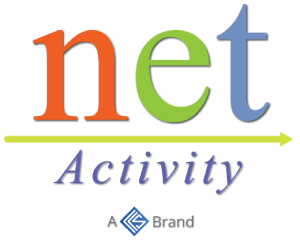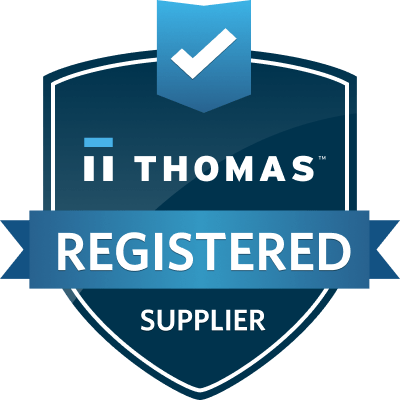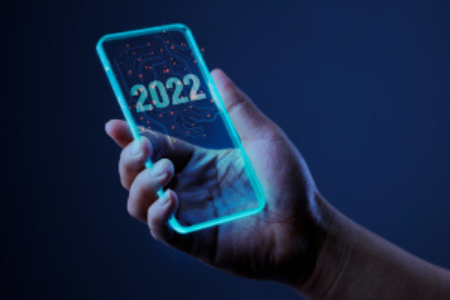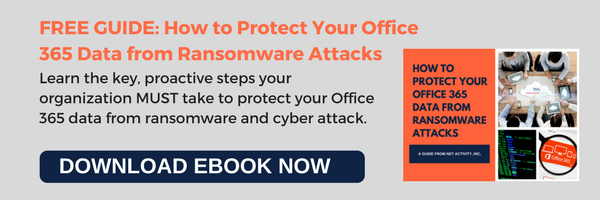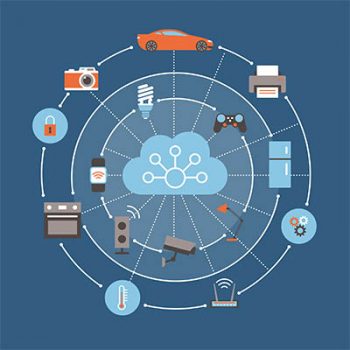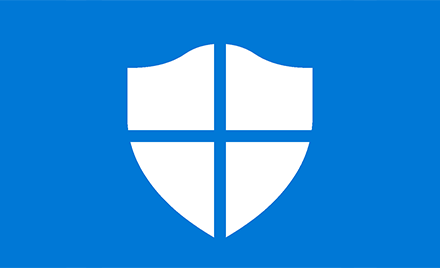The Best IT-Related Resolutions For The New Year
The past couple of years has been difficult for just about everyone. Business owners and entrepreneurs have had to adapt and evolve to survive in an ever-changing climate. There’s no telling when or even if things will go back to what we once thought was “normal.” As we enter a New Year, many business owners are putting their resolutions in place to survive and hopefully thrive in 2022.
People will focus on plans for growth and ways to bring more profit in for their resolution, but it’s important to include tech- and IT-related resolutions as well. Technology might not be an obvious approach to growing a business, but it goes a long way toward making your clients and employees feel more secure about everyday interactions. This can inadvertently lead to growth as you improve customer relationships as well.
Here are a few tech-related resolutions that we think can greatly improve any business.
Use Multiple Layers Of Cyber Security Protection
There is no security approach that covers every hole or flaw that cybersecurity threats are looking to exploit. The best way to keep your defenses protected is to put in place multiple approaches to cover every possible gap. By using multiple programs and layers, you will ensure that every individual component of your cybersecurity program has a backup to counter any issues.
Your first line of defense should be a firewall. Firewalls help monitor incoming and outgoing traffic and work as a barrier between networks you trust and don’t trust. They essentially shield you from malicious or unnecessary network traffic. Multifactor authentication is an important layer as well. This prevents cyber-attacks that come from weak or compromised passwords. With multifactor authentication, you and your employees may have to receive a text to your cell phones to prove that the correct person is trying to access the network. This will help prevent the use of employee passwords to gain access to sensitive information.
Back-Up Your Data And Replace Old Equipment
Unfortunately, preventive measures don’t always work. An unexpected disaster could cause your network to go down or someone could accidentally delete some important files. Plus, if your data is not backed up, you could lose sensitive information as well as time and money down the road. Customers will also be upset if you lose information pertaining to them. This could devastate your brand’s reputation and cost you customers. If you do not have a backup plan or program in place, you should definitely get one for 2022.
In addition to backup plans, it’s critical to have equipment that is up-to-date. Using slow and outdated technology can take away productivity and will make your job more difficult. If some of your equipment goes down, think about replacing it with something new rather than repairing it. While it might be more expensive at first, this decision will save you time and money in the long run.
Employee Security Training
If you want to run a cyber security-aware business, you’ll need to train your employees in security awareness and create a culture that ensures information security. Providing your employees with training related to information security can make them more comfortable and confident in their decision-making and overall employment. This rubs off on your clients and makes them feel more comfortable about doing business with you. According to information from the UK Information Commissioner’s Office, human error is to blame for 90% of cyber data breaches. Getting your employees trained in cybersecurity awareness can help reduce the chance of human error.
As you layout plans to make your business more successful throughout 2022 and beyond, ensure that your tech and information security practices are updated. There are simply no downsides to improving your technology and cybersecurity. Adopting these practices can go a long way toward making your employees and customers feel more comfortable and confident in their decisions.
